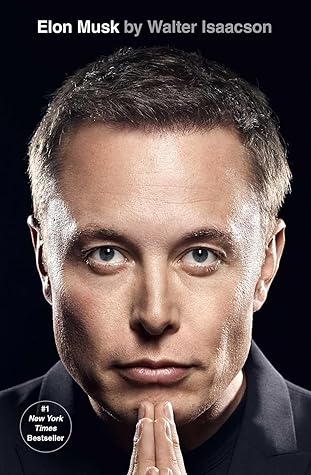More on this book
Community
Kindle Notes & Highlights
“People are mistaken when they think that technology just automatically improves,” he would say in a TED Talk a few years later. “It only improves if a lot of people work very hard to make it better.”
This led him to develop what he called an “idiot index,” which calculated how much more costly a finished product was than the cost of its basic materials. If a product had a high idiot index, its cost could be reduced significantly by devising more efficient manufacturing techniques.
All requirements should be treated as recommendations, he repeatedly instructed. The only immutable ones were those decreed by the laws of physics.
Three years later, Tesla repaid its loan along with $12 million interest. Nissan repaid in 2017, Fisker went bankrupt, and as of 2023 Ford still owed the money.
Musk worked with his engineers in a series of Saturday-morning meetings to design one from scratch, which he dubbed Dragon, after Puff the Magic Dragon.
Less than eight years from its founding, and two years from facing bankruptcy, it was now the most successful private rocket company in the world.
The experience became a lesson that would become part of Musk’s production algorithm. Always wait until the end of designing a process—after you have questioned all the requirements and deleted unnecessary parts—before you introduce automation.
As he already was planning to do, he exercised options that he had been granted in 2012 and were due to expire, which caused him to pay the largest single tax bill in history: $11 billion, enough to fund the entire budget of his antagonists at the Securities and Exchange Commission for five years.


